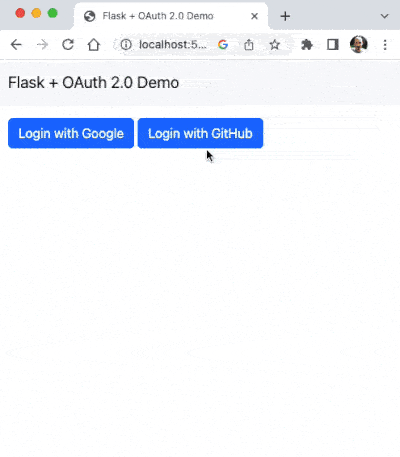OAuth Authentication with Flask in 2023
Posted by
on underA long time ago I wrote a tutorial on how to add logins with a social network to your Flask application, using the OAuth protocol. It's been almost 9 years since I wrote that article, and believe it or not, the OAuth protocol continues to be well supported by all major players including Twitter, Facebook, Google, GitHub and many more.
But of course, 9 years is a very long time in tech. Even though not much has changed in terms of how this method of authentication works, some of the packages that I've used back then have had major upgrades, while others have become unmaintained, so an update is due.




